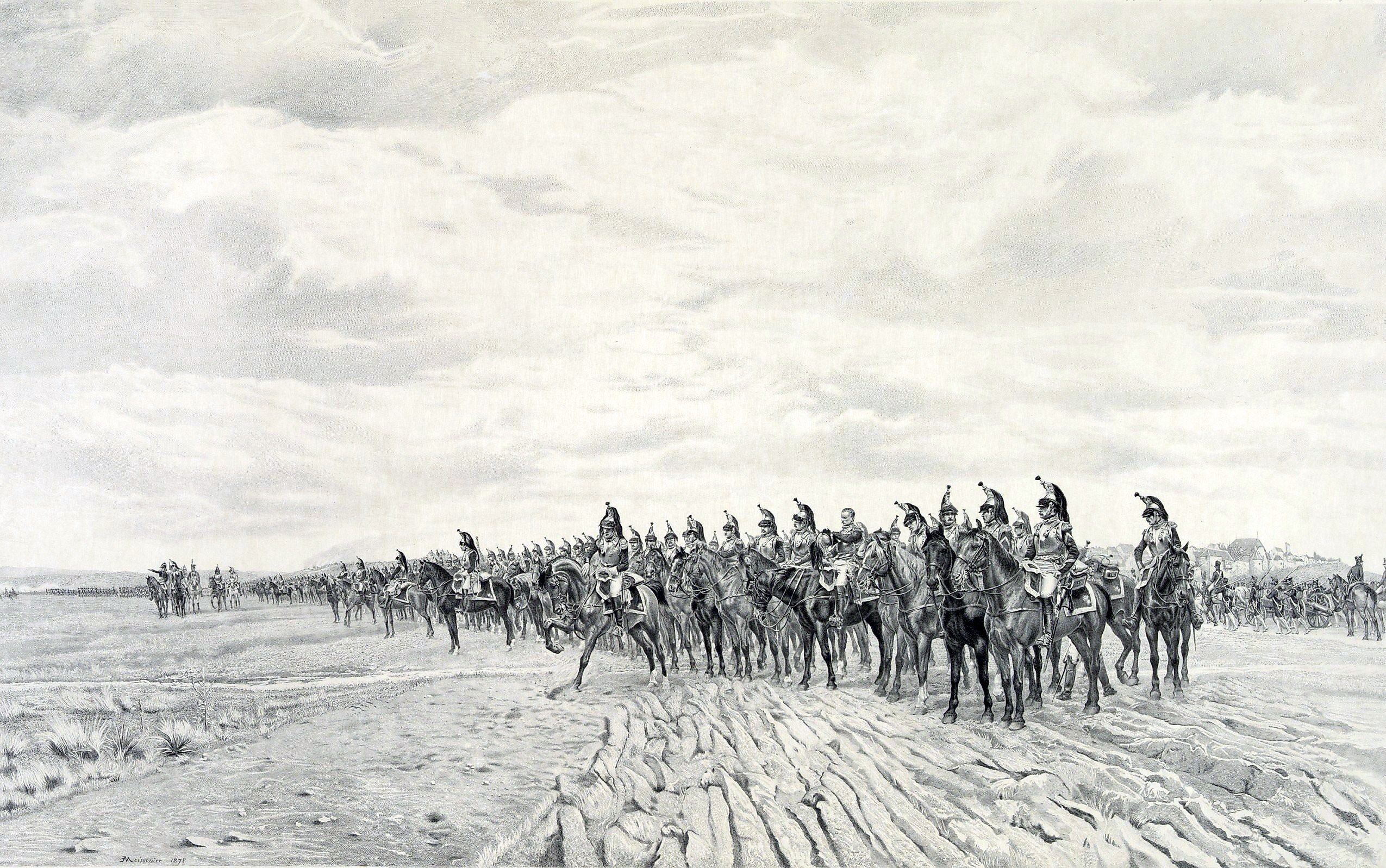
War Of The Third Coalition
Peace was a fleeting concept in 19th-century Europe. In 1792, The French Revolutionists succeeded in deposing the French King, Louis XVI, which consequently left the nation open to external threats. These threats took the form of united kingdoms interested in reinstating the French monarchy, as well as opportunists who attempted to storm all of France. Amid the tension, Napoleon Bonaparte rose to the challenge, and France shocked the world by presenting an unbreakable front. By 1805, treaties had been signed and broken following the cessation of the first two coalition wars. Switching sides had occurred frequently, and trust was sparse from one nation to another, even within their own alliances. To secure his empire, Napoleon was in a position where he was forced to see these wars through; whether or not the War of the Third Coalition would be the last was yet to be known.
Background
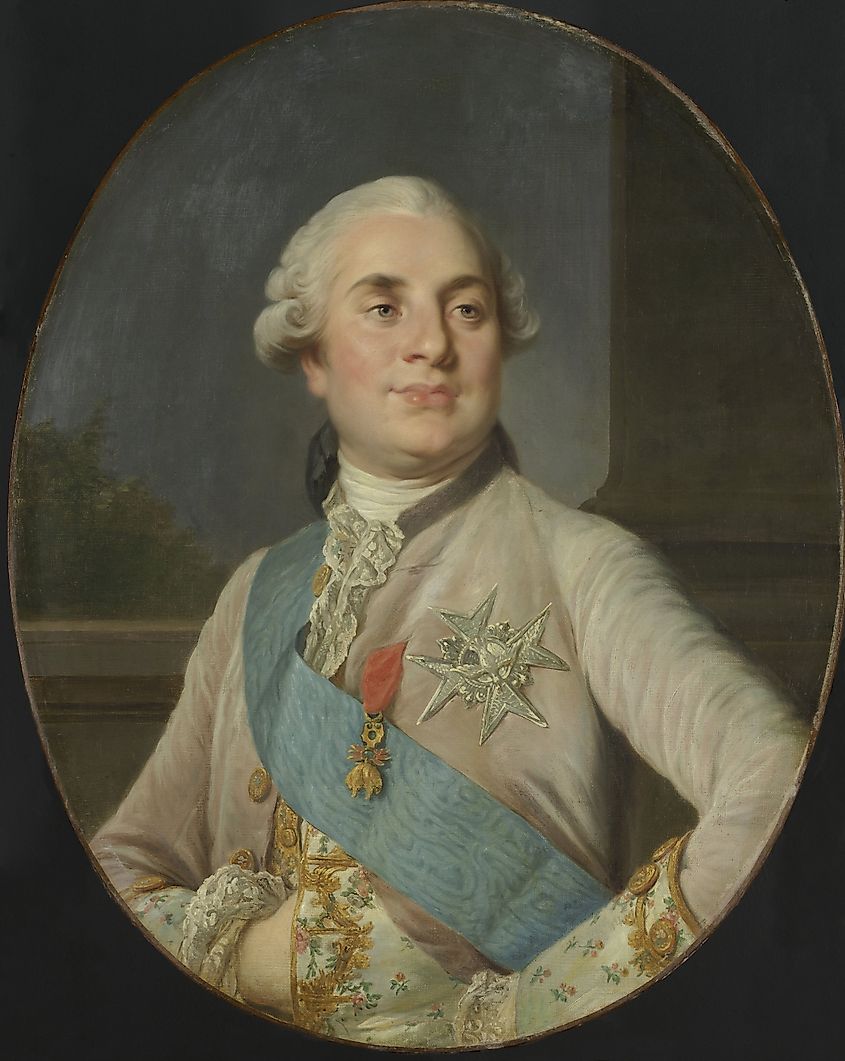
The first two coalition wars followed a pattern; Austria and France would engage, France would overwhelm Austria, a treaty would be signed and not honored, and wars would begin again. Larger and smaller actors occupied the stage as well. Britain and Russia had previously attempted to limit French expansion, which ushered in assistance from their connected allies. The third coalition began between 1803 and 1805, largely because of tensions between France and Britain. Another factor that spurred the growth of the Coalition was the arrest and execution of Louis Antoine de Bourbon, Duke of Enghien, a French noble, by Napoleon’s forces. After Napoleon declared himself Emperor, the elimination of the French nobility shocked the other nations, which were interconnected through marriage and dynasty.
Napoleon was angered that the British did not honor the Treaty of Amiens, in which they were meant to disperse from Malta and Haiti. He sent a military force to Haiti, but the troops succumbed to disease, further motivating him to abandon French plans to claim the New World. Therefore, he sold the Louisiana Territory to the United States to raise funds for an invasion of Britain because he believed war was imminent. Britain did declare war in May of 1803, leading to fierce fighting between the two nations. Other kingdoms joined the Third Coalition over time after an Anglo-Russian effort was initiated in April of 1805. The focus of this alliance was to reduce France to its 1792 borders. A lack of central command and differing goals were key weaknesses in the First and Second Coalitions, and the Third War would test those vulnerabilities once again.
Belligerents
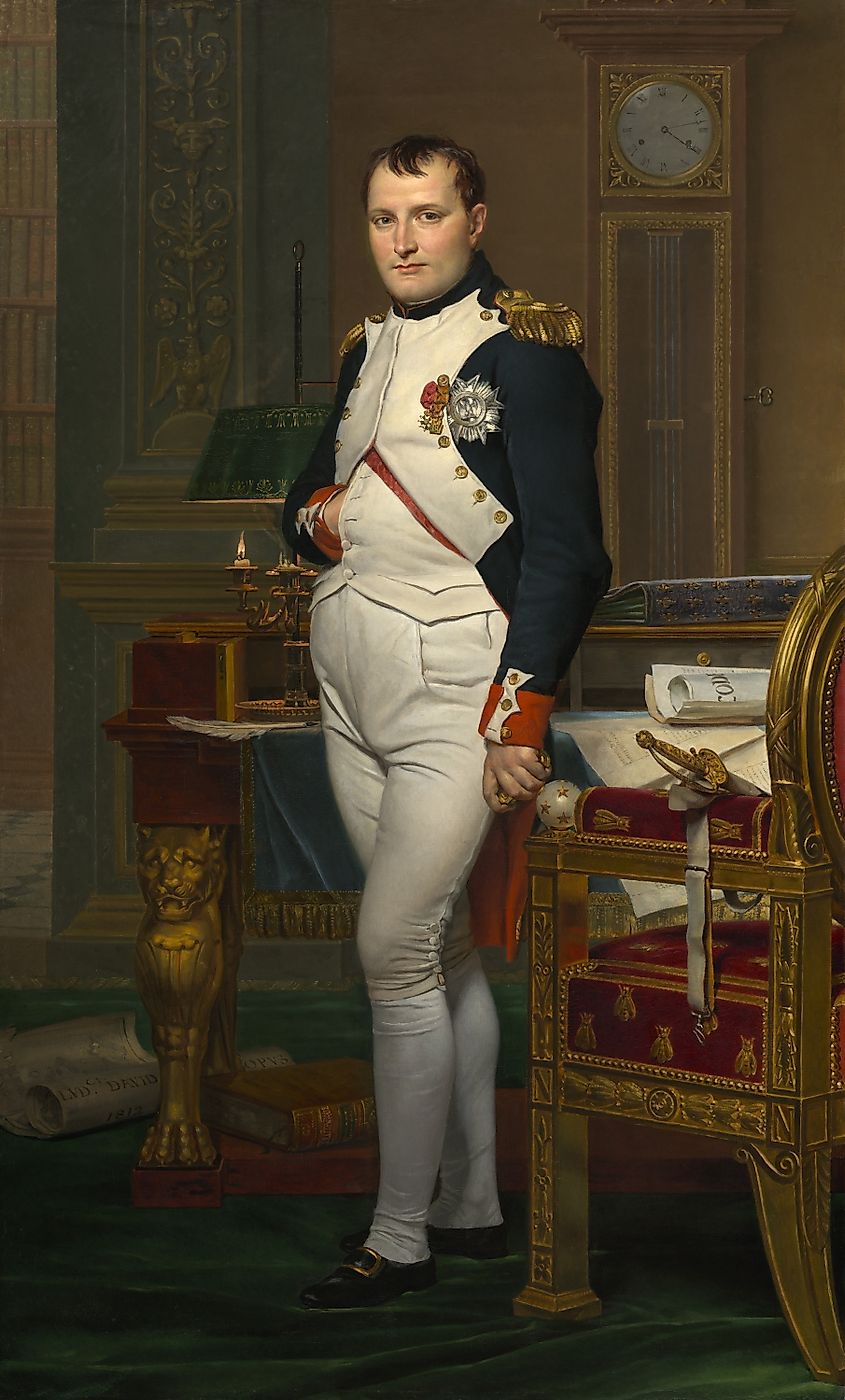
The money that Napoleon made from selling Louisiana to the United States was invested in a large force trained and equipped to invade England, in 1803. By 1805, the unit had grown from 200,000 to 350,000 men, which would be needed to oppose the many oncoming opponents. Russia and the Holy Roman Empire, which operated through Austria, joined the Third Coalition after Napoleon executed the Duke of Enghien. Moreover, Naples, Sicily, and Sweden also joined the Third Coalition. Notably, Prussia remained neutral throughout this war after suffering immense defeat in the First Coalition. Spain, Bavaria, and several France-aligned vassals stood with France against the coalition armies. France had an advantage through a chain of command and troop maneuvering during this conflict; for example, Napoleon elected eighteen marshals out of his best generals who were made to follow strategic rules of engagement and reinforcement.
The Ulm Campaign

In a twist, Napoleon realized the best use of the force that he prepared to invade Britain, dubbed “La Grande Armée,” would be to instead set them against Austria and Russia. This “Ulm Campaign,” which began in September of 1805, marked the beginning of the War of the Third Coalition, despite individual conflicts with Britain since 1803. Coalition forces expected Napoleon to march towards Italy, where the prior wars had seen frequent activity, but instead, La Grande Armée aimed for the Austrian Army by the Black Forest. Napoleon’s use of misdirection was prominent here, where faux-troop marches were used to deceive opponents over the actual location of his forces.
Ulm, a small region in southern Germany between France and Austria, was the site of the Battle of Wertingen on the 8th of October when French soldiers finally caught up to Austrian forces. The Austrians present in this first battle were obliterated, and the French claimed victory. The Danube River was a particular focus of these battles and skirmishes, with the Austrians being ultimately forced to march to the city of Ulm. On the 15th of October, the amassed French forces had surrounded a core Austrian regiment in Ulm that was led by General Mack. French charges and artillery pelted the city, and Mack agreed to surrender on October 20th. Sixty thousand Austrian troops were captured, out of the original seventy-two thousand.
Battle of Austerlitz and the Invasion of Naples
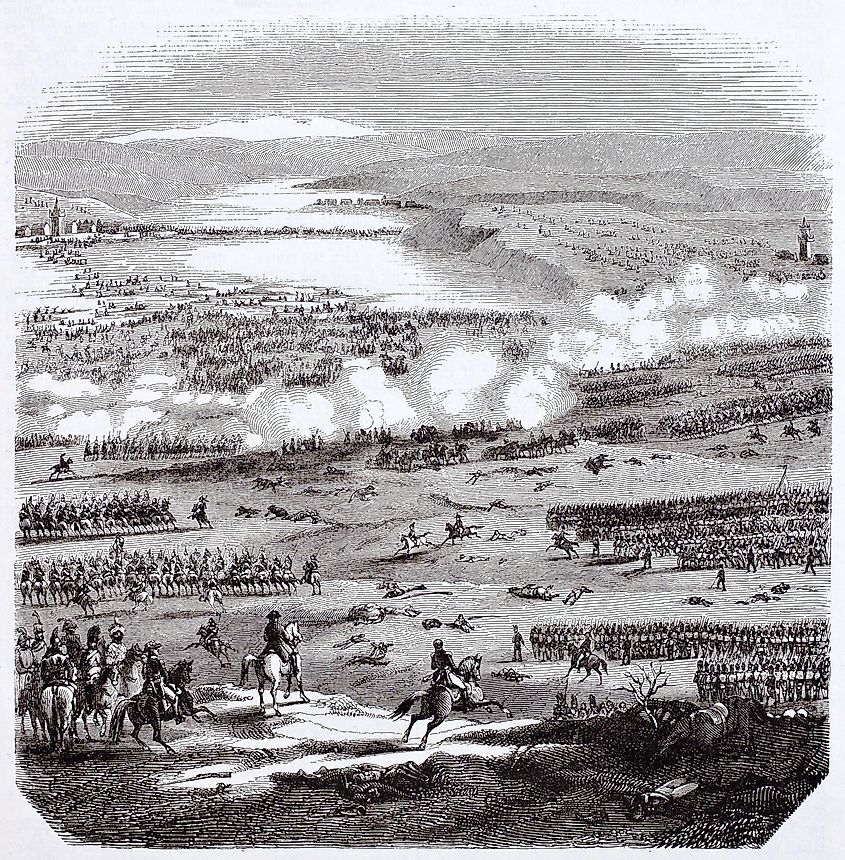
In December, large regiments of French commanders squared off against legions from Russia and Austria. After Ulm, France seized Vienna, and Napoleon hoped to rouse Coalition forces into a final confrontation, known as the Battle of Austerlitz. Once again, Napoleon used misdirection to deceive the allies into believing his forces were more vulnerable than they were. On December 2nd, in the area of Pratzen Heights in modern-day Czechia, a heavy mist concealed Napoleon’s ambushing force. 16,000 troops drove themselves into the heart of the unaware Coalition mob, resulting in 36,000 casualties. In comparison, the French suffered 9,000 casualties up against the original Coalition army of 89,000 men. This victory initiated the Treaty of Pressburg, which led to the dissolution of the Holy Roman Empire.
Although the core of the Coalition had disbanded following the Battle of Austerlitz, Britain, Russia, and Naples still antagonized France. In October of 1805, France defeated several major Austrian units in Italy and continued the invasion. A French Marshal, André Masséna, invaded Naples in February of 1806, resulting in French occupation. By March of 1806, it was clear that Naples would not be capable of expelling French control; however, France was not able to seize the fortress of Gaeta, a coastal town in southern Italy. Supply problems hindered the French, but French artillery took down the walls of Gaeta in July, leading to Naples’ surrender. French forces then descended south and pushed British units back into Sicily.
Aftermath
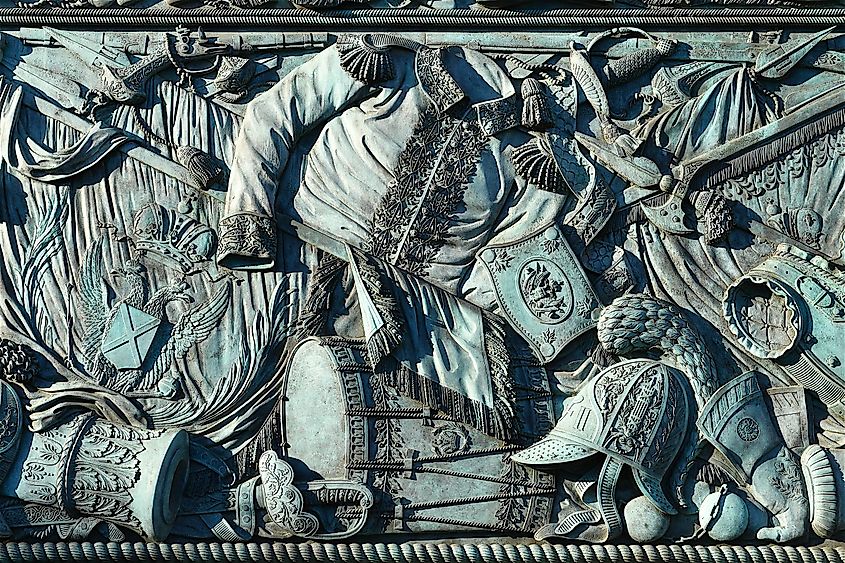
The violence of this era stood out; France suffered 62,000 casualties during the War of the Third Coalition, and Coalition forces suffered 160,000. The numbers alone reveal that France was the victor, despite Russia and Britain refusing to disengage hostilities. France gained more territory, ended the Holy Roman Empire, and most importantly, it survived. Napoleon created the Confederation of the Rhine, which was a string of German vassal states who pledged to support France. With Naples under French control by July 18th, The War of the Third Coalition was officially finished. Fascinatingly, the War of the Fourth Coalition began only a few months later, in October of 1806, which put many of the same nations against each other once again.











